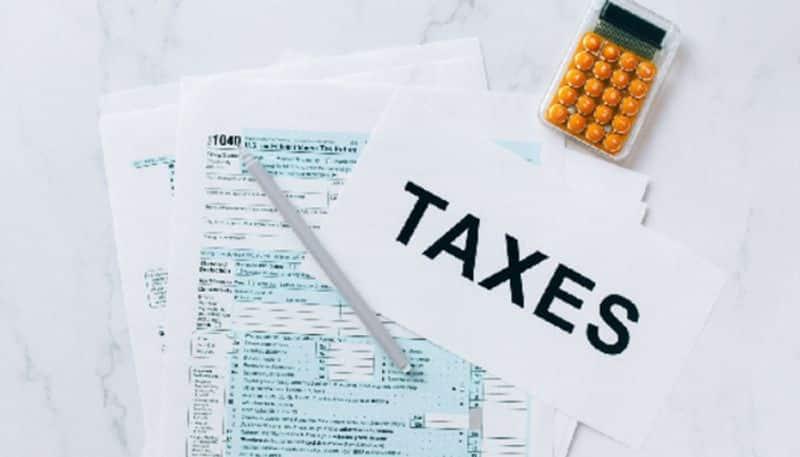How Much Tax Can You Save In 2023-24 With Your Investments?
| Investment | Tax applicable | Tax Saved | 4% Cess Saved | Total Savings |
| Section 80C (ELSS, Term Life Insurance, NPS, PPF, etc.) | ₹150,000 | ₹45,000 | ₹1,800 | ₹46,800 |
| NPS under Section 80CCD (1B) | ₹50,000 | ₹15,000 | ₹600 | ₹15,600 |
| Health insurance for self, family, and parents under Section 80D | ₹50,000 | ₹15,000 | ₹600 | ₹15,600 |
| Total tax savings | | | | ₹78,000 |
All Deductions Allowed Under Section 80
Now, the sections outlined above are the most common ways to reduce your tax liabilities. There are other deductions that are more specialised and can only be availed of if they apply to you. Here is a short summary of the same, including the ones we have already discussed:
| Section | Description | Eligibility and Conditions | Maximum Deduction |
| Section 80C | Deductions for various investments and expenses | Available to all taxpayers | ₹1,50,000 |
| Section 80CCD | Deductions for National Pension System (NPS) | Available to all taxpayers | ₹2,00,000 (₹1,50,000 + ₹50,000) |
| Section 80D | Deductions for medical insurance premiums | Available to individuals and HUFs | ₹1,00,000 (₹25,000 or ₹50,000 for individuals; ₹25,000 or ₹50,000 for parents) |
| Section 80E | Deductions for interest on education loans | Available to individuals and HUFs | Actual interest paid |
| Section 80EE | Deductions for interest on home loans for first-time homebuyers | Available to individuals | ₹50,000 |
| Section 80G | Deductions for donations to charitable organizations | Available to all taxpayers | 100% or 50% with or without restriction |
| Section 80GG | Deductions for rent paid when HRA is not received | Available to individuals and HUFs | ₹60,000 or actual rent paid minus 10% of total income or 25% of annual salary, whichever is least |
| Section 80TTA | Deductions for interest on savings bank accounts | Available to individuals and HUFs | ₹10,000 |
| Section 80DD | Deductions for maintenance of disabled dependents | Available to individuals and HUFs | ₹75,000 (40% to 80% disability) or ₹1,25,000 (80% or more disability) |
| Section 80DDB | Deductions for medical expenses on specific ailments | Available to individuals and HUFs | Actual expenses or ₹40,000 (less for senior citizens) |
| Section 80U | Deductions for individuals with disabilities | Available to individuals and HUFs | ₹75,000 (40% to 80% disability) or ₹1,25,000 (80% or more disability) |
| Section 80GGC | Deductions for donations to political parties | Available to individuals | Up to 10% of gross income |
Please note that the maximum deductions mentioned in the table are subject to specific conditions and may vary based on individual circumstances. It is advisable to consult a tax specialist/financial expert to find out what deductions you are eligible for. Use this knowledge to maximise your tax-savings!
Conclusion
To sum up, you can save up to ₹78,000 a year in taxes with a well-diversified financial portfolio that has tax-efficient investments, life insurance, health insurance, and NPS contributions. Of course, this is the upper limit applicable for those in the highest tax slab defined in the old regime. But, as you continue to grow and diversify, this information will come in handy and help you maximise your financial potential by minimising your tax liabilities. That is what good tax planning is all about.
Hopefully, you are now better equipped to review and plan your finances for the upcoming tax season. Happy tax planning!
Disclaimer: This is a featured content
Legal Disclaimer:
MENAFN provides the
information “as is” without warranty of any kind. We do not accept
any responsibility or liability for the accuracy, content, images,
videos, licenses, completeness, legality, or reliability of the information
contained in this article. If you have any complaints or copyright
issues related to this article, kindly contact the provider above.
Most popular stories
Market Research

- 1Inch Unlocks Access To Tokenized Rwas Via Swap API
- What Is The Growth Rate Of The Europe Baby Food And Infant Formula Market In 2025?
- BTCC Announces Participation In Token2049 Singapore 2025, Showcasing NBA Collaboration With Jaren Jackson Jr.
- Ecosync & Carboncore Launch Full Stages Refi Infrastructure Linking Carbon Credits With Web3
- New Silver Launches In California And Boston
- United States Fin Fish Market Size Forecast With Demand Outlook 20252033






















Comments
No comment